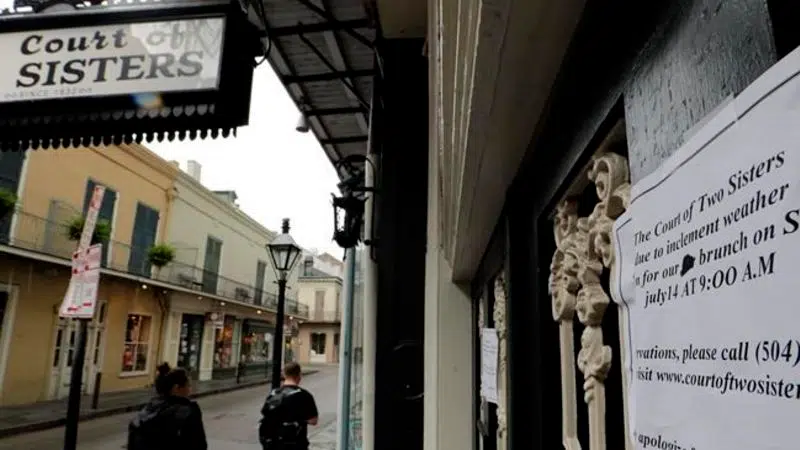
Weakened Barry rolls into Louisiana, drenches Gulf Coast
NEW ORLEANS — Barry rolled into the Louisiana coast Saturday, flooding highways, forcing people to scramble to rooftops and dumping heavy rain that officials had feared could test the levees and pumps that were bolstered after Hurricane Katrina devastated New Orleans in 2005.
After briefly becoming a Category 1 hurricane, the system weakened to a tropical storm as it made landfall near Intracoastal City, about 160 miles (257 kilometres) west of New Orleans, the National Hurricane Center said.
Barry was moving so slowly that heavy rain was expected to continue all weekend.
“This storm still has a long way to go before it leaves this state,” Louisiana Gov. John Bel Edwards said Saturday night. “Don’t let your guard down.”


